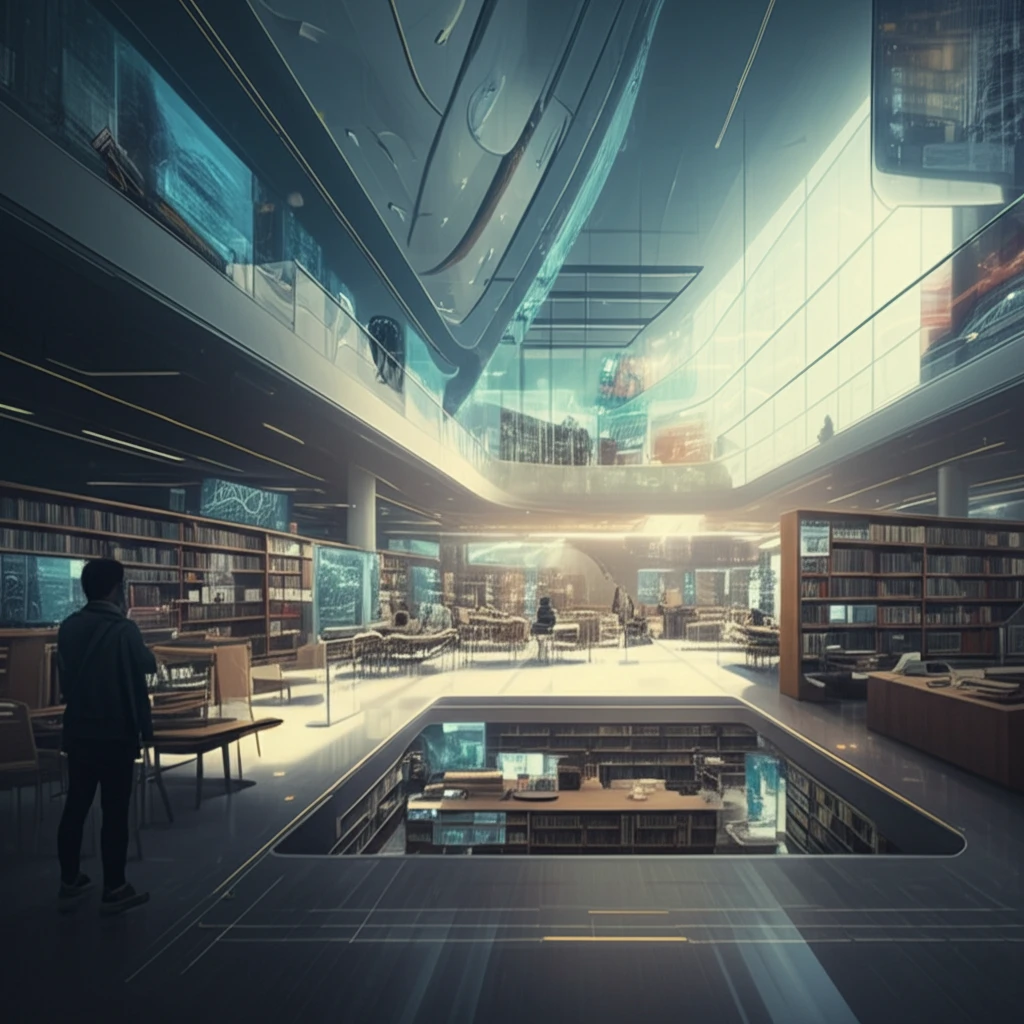
Reimagining Library Spaces: How UCSF Transformed Its Library for the 21st Century
"Discover the innovative strategies the University of California, San Francisco (UCSF) used to revitalize its library, adapting to the changing needs of students and faculty in the digital age."
Libraries are no longer just repositories of books; they're evolving into dynamic centers for learning and collaboration. Reports and surveys consistently show that students and faculty need library spaces that cater to modern academic needs. This transformation ensures libraries remain relevant and valuable within academic environments.
At the University of California, San Francisco (UCSF), a visionary project transformed the library into a Teaching and Learning Center (TLC). This initiative not only redesigned space for existing library functions but also fostered stronger alliances with various campus programs. The TLC emerged from years of careful planning and collaboration, addressing the critical need for expanded education programs and telemedicine training.
The result is a multipurpose facility that integrates clinical skills, simulation, and technology-enhanced education facilities on the second floor of the Parnassus campus library. This redesign optimizes the space, creating a state-of-the-art education and teaching environment.
The Challenge: Limited Space, Evolving Needs

UCSF, an academic health sciences campus, faces the challenge of limited space in an urban setting. The library building, comprising 90,000 square feet, represents a significant real estate asset. Recognizing the need for modern teaching spaces, an initial plan proposed allocating 10,000 square feet of the library for this purpose. This proposal sparked a collaborative, campus-wide planning process to address space limitations and evolving educational demands.
- Classroom Shortage: Demand for small-group session space.
- Curriculum Changes: Moving away from traditional lectures.
- Simulation Needs: Requirements for clinical skills practice.
Looking Ahead: The Future of Library Design
The UCSF TLC project highlights the importance of adaptability and strategic planning in library design. By embracing change and prioritizing collaboration, libraries can transform themselves into vibrant hubs that meet the evolving needs of their communities. As technology continues to advance and learning methodologies shift, libraries must remain proactive in reimagining their spaces to foster education, innovation, and connection. The project demonstrates how libraries can lead in creating inspiring environments that reflect a community’s vision and reinforce its connections.
